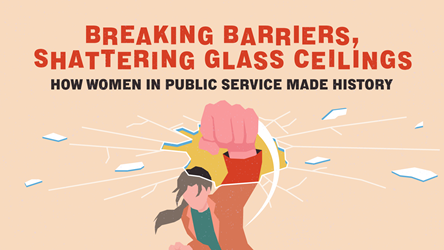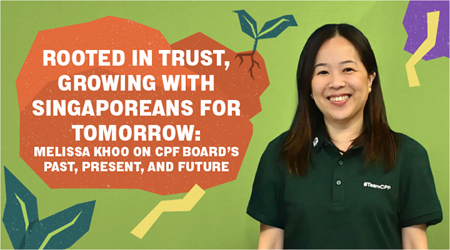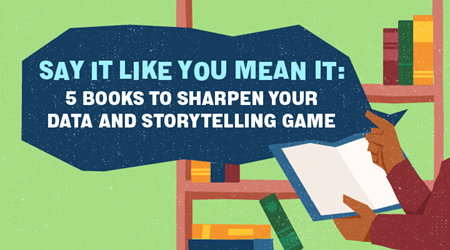Fun Is The Future Of Work

Former US president Theodore Roosevelt once said, “Far and away the best prize that life has to offer is the chance to work hard at work worth doing.”
Many people can identify with that, and hope they can also find a job that is worth doing. When work is fun and enjoyable, people are happy, energised, creative, engaged and motivated to do their best.
According to a 2010 Gallup study, having engaged employees can result in a healthier and happier workplace, which leads to less absenteeism, less presenteeism (reduced productivity while at work due to stress and depression), a lower staff turnover rate, and higher productivity and innovation for the organisation. So there are real economic reasons to make work fun for employees.
In his bestselling book Outliers: The Story of Success, Malcolm Gladwell outlines three elements that make work fun:
Autonomy: you are entrusted to decide how best to achieve the required outcome. This means you are empowered to do the job.
Complexity: the job is challenging enough for you, such that you are motivated to develop or perfect the skills required to do the work.
A connection between effort and reward: your efforts get rewarded and recognised. When you see a connection between your effort and the reward, you will feel energised!
According to Mr Gladwell, when a job has these three elements, people will be motivated to perform to their best ability as work becomes less about just meeting basic needs but more about achieving personal mastery and fulfilling their life purpose.



Gamifying Work
Gamification is the concept of applying game-design thinking to non-game applications to make them more fun and engaging.
One of the latest ways to introduce fun at the workplace is gamification, the concept of applying game design techniques and game mechanics to non-game contexts to solve problems and engage people. The idea is to make real-life work as fun, addictive and engaging as the work one does while gaming.
A 2011 Gartner Research Report estimates that by 2015, more than half of the organisations that manage innovation processes will gamify their processes. So this is a concept that the Public Service should grasp if it is concerned about staying innovative and ahead of the curve.

What makes gaming fun and addictive, are the three elements that Mr Gladwell talked about. First, you have the autonomy to explore options and to accomplish your mission in any way that works. Second, you will find challenging obstacles that spur you on to find innovative ways or pick up new skills to overcome them. Third, you get rewarded whenever you defeat the enemy or accomplish the mission.
Some of the biggest companies have offered gamification as a service. Nike Plus, a web portal with supporting smartphone apps, gamifies running by allowing users to set personal running goals (by time or distance) and to compete with other runners in the Nike Plus online community.
The scientific community has also started to gamify scientific research. Foldit is an online game created by the University of Washington to recruit gamers to solve protein-folding puzzles. The aim is to understand how different proteins are structured, as this helps scientists to design new proteins to combat disease-related ones and cure diseases such as HIV/AIDS, cancer and Alzheimer’s. One solution, which had stumped scientists for a decade, was found in just three weeks with the help of gamers in 2011.
In Singapore, gamification has been applied in a web application called insinc, to incentivise commuters to use the Mass Rapid Transit during non-peak hours. Beyond public transportation, gamification could also be applied to some areas of public service, for example the Singapore Kindness Movement. Imagine a smartphone app that gamifies acts of kindness. This would help to promote graciousness – especially among youngsters.
Applying gamification at work
When gamifying work processes, managers can use the three elements of making work fun as a guide.
Grant autonomy: Gamify tasks to allow workers some freedom to explore solutions. For example, tasks to innovate, solve problems or improve productivity.
Pick a complex task and make progress visible: Some organisations use scores, virtual badges and skill-level bars to chart progression. The more visible the progress is, the greater the self-motivation to complete the task. Progress visibility could even prompt workers to improve their skills or seek help when needed.
Give rewards for a job well done: In order to create a clear connection between effort and reward, a reputation system should be established. Let people gain highly visible reputations for jobs well done, such as a leaderboard system that displays their proficiency. They have to be given rapid, frequent feedback on their performance (through badges or points).
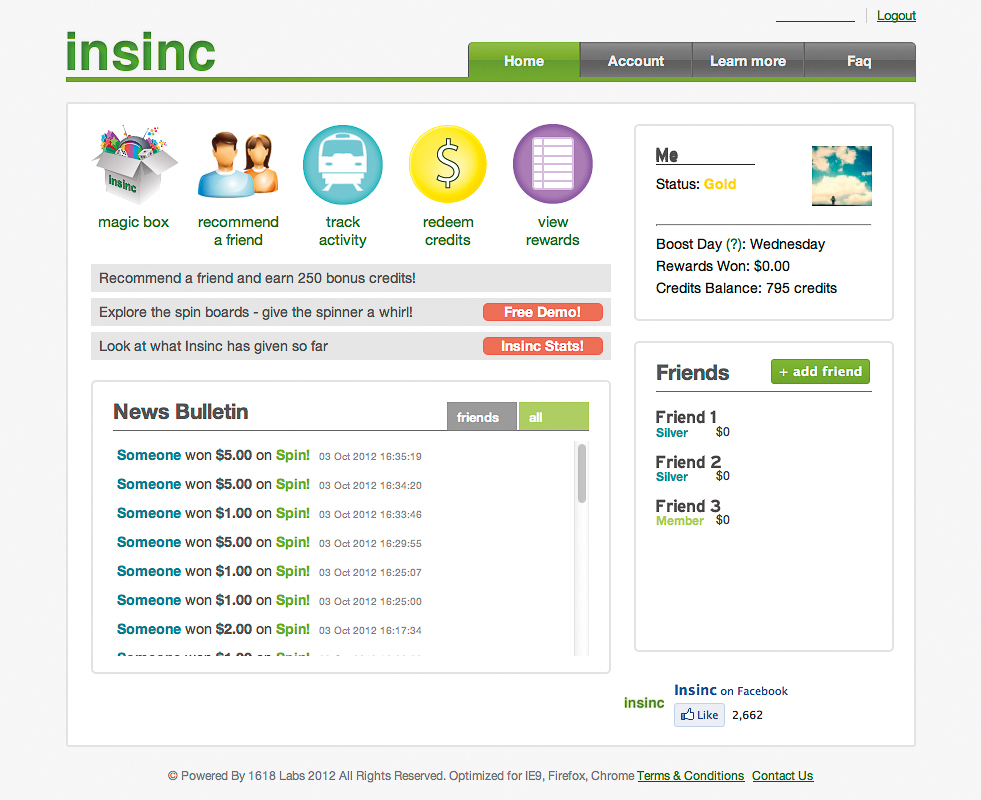
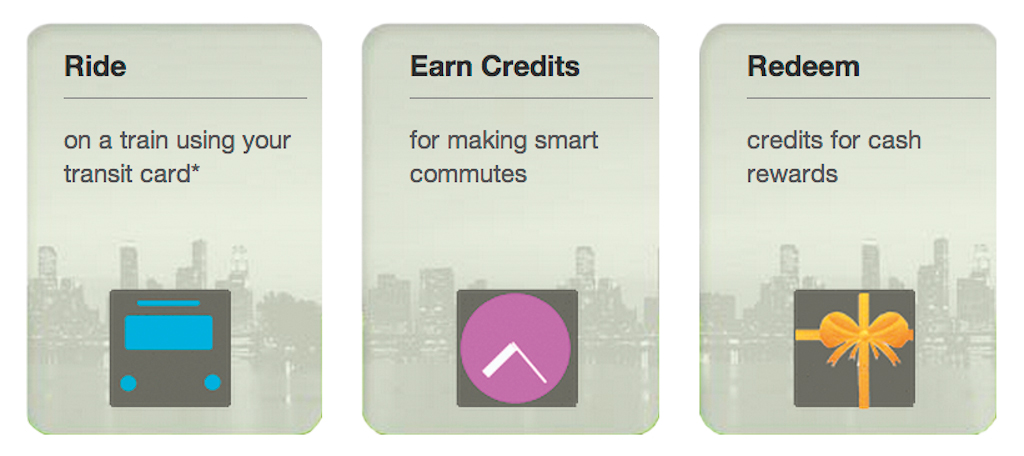

When to use gamification
While gamification makes work fun and has many benefits, it is not a panacea for all employee disengagement issues.
Gamification amplifies the love that people have for their work. So while it is suitable as a tool to re-engage and re-energise staff who are already passionate about their work, it should not be used to coax people to like the job they hate. In this case, there are more urgent issues to identify and address, such as a poor job fit, the lack of on the-job training, or poor working relationships with coworkers.
Gamification should not be applied to all kinds of work in the organisation. Instead, it should be applied to tasks that allow people to exercise autonomy and that give enough challenge to grow their personal capacity. In the Public Service context, gamification could be applied to reinvigorate innovation initiatives. (Imagine if we could make innovating fun!)

As gamification relies heavily on technology, it may not appeal to technophobes. So it is important to emphasise that participation must be voluntary, just like when people play games. No one should be penalised for not taking part.
Another challenge in applying gamification is the need for novelty in the rewards system. People get bored once they know what kind of rewards to expect. Thus, constant innovation is needed to renew the reward mechanism. But this could also be a great way to spur an organisation’s innovation quotient!
Making work fun requires commitment and investment on the part of the employer but it is a way for organisations to maximise their people’s potential and unleash innovation. Don’t get left behind. Gamify work now!
How To Self-Gamify Your Work
- Pick a goal that you really want to accomplish. For example, giving an impactful presentation.
- Identify tasks that you need to do to achieve your goal. For example, create great presentation slides and practise 20 times in front of a mirror.
- Create a progress bar to track how many tasks you have done and how close you are to reaching your goal.
- Every time you complete a task and move closer to your goal, reward yourself. This could be a short break to listen to your favourite song, or to simply idle.
- Give yourself a big treat when you have achieved your goal, or tell yourself to try again if you have failed.
Roan Yong (@roanyong) is a Knowledge Management practitioner working at a Singapore statutory board. He is also a speaker and consultant in the area of Intranet, incentives and employee engagement. He spoke recently on Intranet citizen-developers at the inaugural Singapore Mini Maker Faire and on gamification at TEDx Suzhou. He can be reached at roan_yong@yahoo.com.
- POSTED ON
Nov 8, 2012
- TEXT BY
Roan Yong





